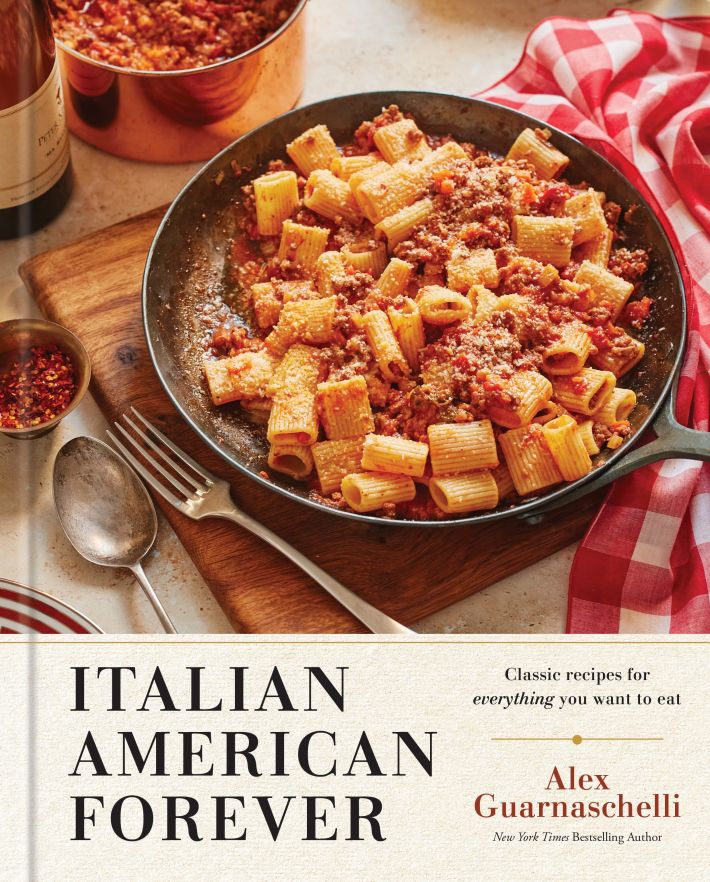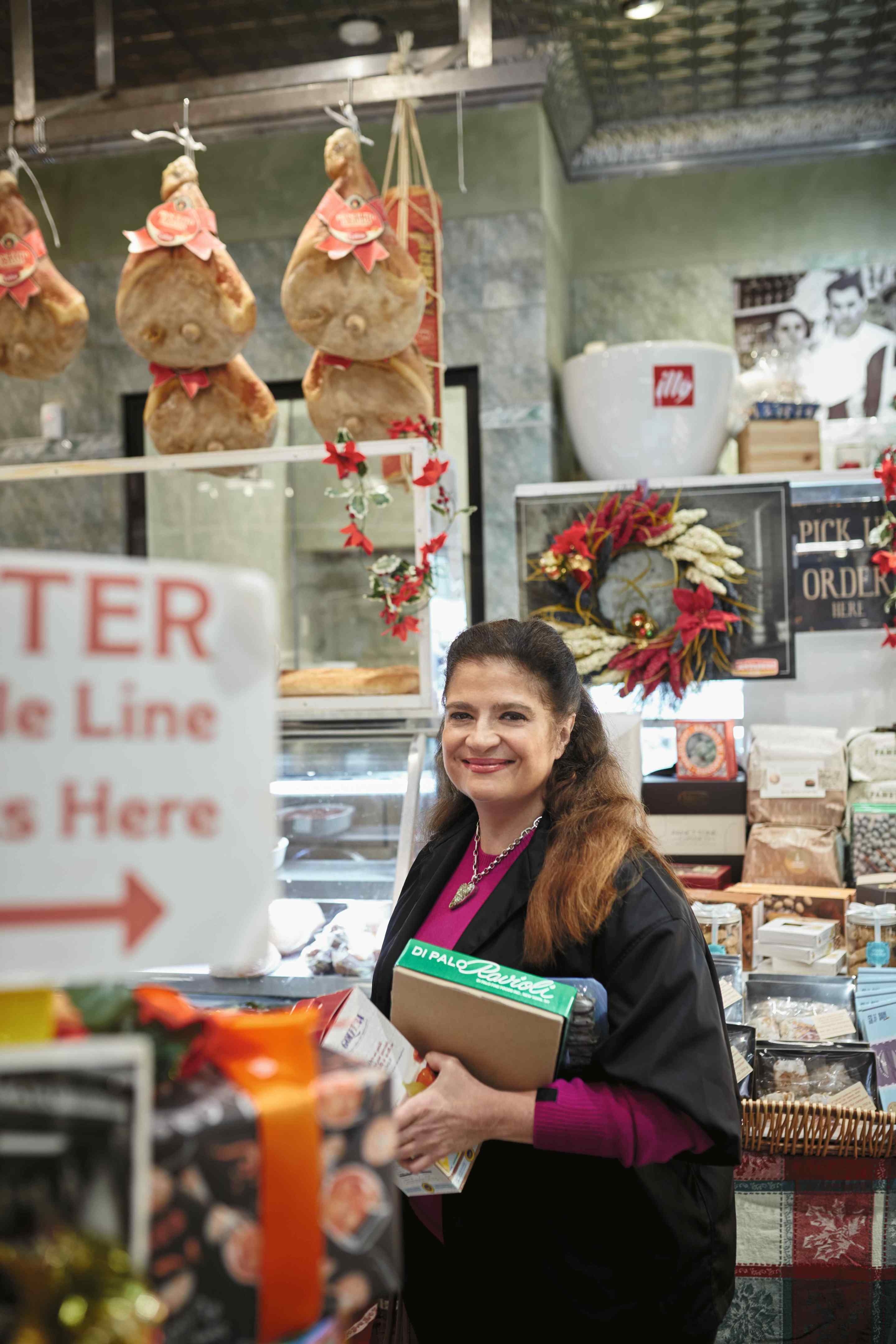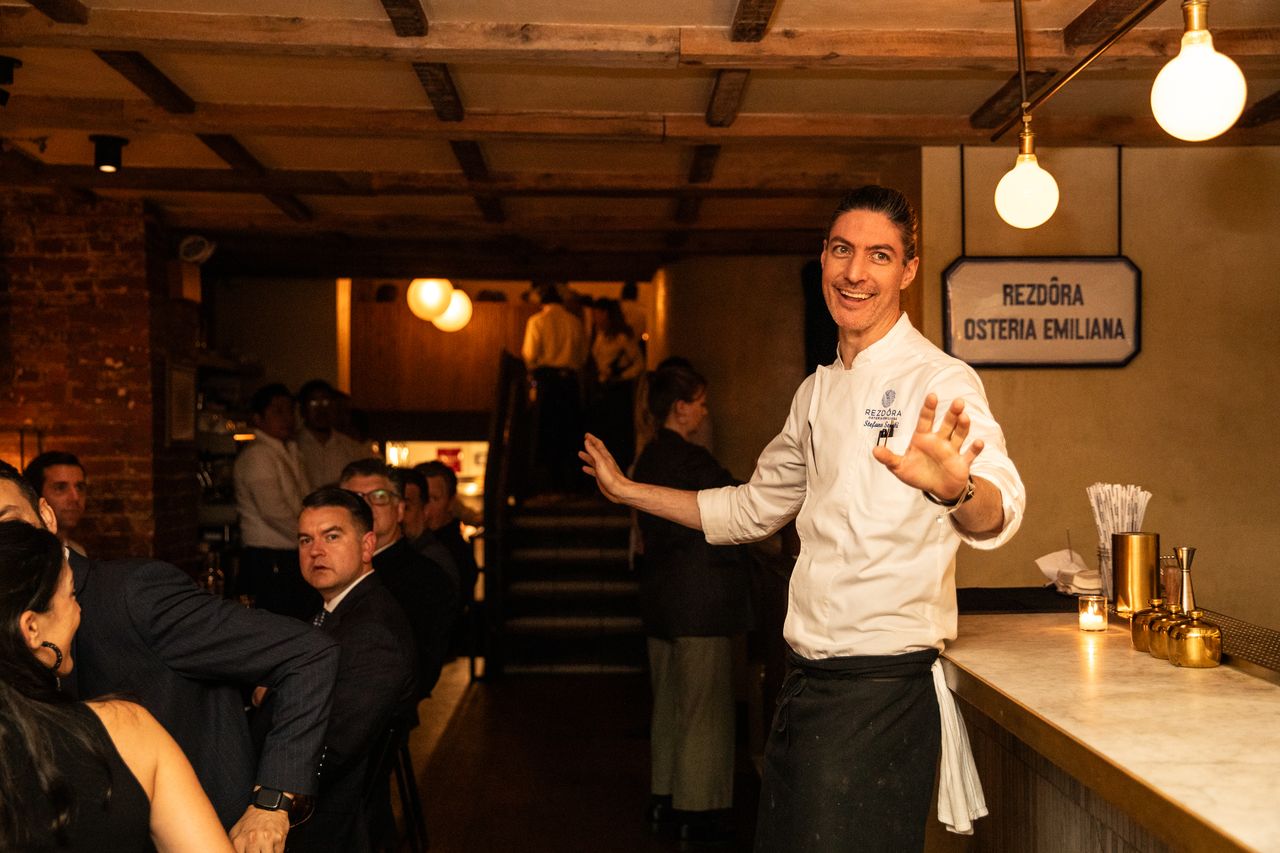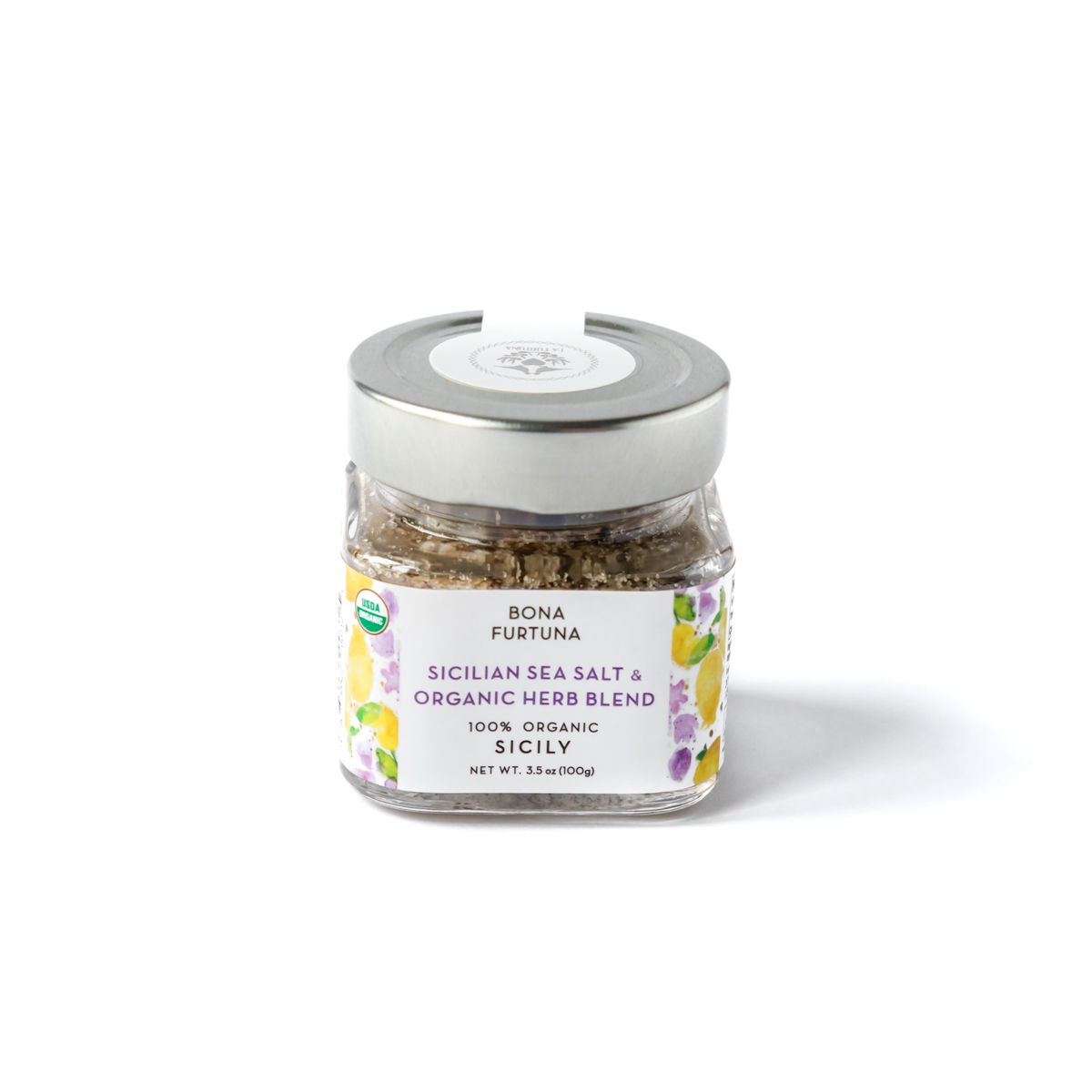Alex Guarnaschelli is one of the most well-known Italian-American chefs, and yet, until today, she has never published a cookbook focused exclusively on Italian dishes. Trained in classical French cuisine, Guarnaschelli is the star of three Food Network shows—Ciao House, Supermarket Stakeout, and Alex vs. America—and has authored several best-selling cookbooks about home cooking and family-inspired recipes.
When it came time for her latest, she says her editor told her, “You know, you’re Italian American forever.” A lightbulb went off. “I’m like, there’s the book.”
The result, Italian American Forever, published by Clarkson Potter today (October 15), is a no-nonsense guide to the greatest hits of what has become one of our country’s favorite cuisines, as well as many deep cuts—lesser known but worthy dishes that Guarnaschelli makes accessible. Here, in this lightly edited Q&A, she discusses the new book in detail and the main idea behind it: “It’s stuff people really want to cook,” she says.

In the introduction to your new book, you talk about your mother and father’s approaches to making red sauce, and how they represent two different but connected philosophies that informed your upbringing.
My mother's family is from Sicily—Calabria—and my father's family is from Naples. So there's obviously a vastly different sensibility about the food from those two regions of Italy. And then you have the American factor introduced, and the way parents experienced the Italian American dishes in their own homes. So my father would bust out all afternoon, and my mother would put together something simpler and lighter. I mean, my mother’s sauce, the whole thing took half an hour. And those two different flavors represent a lot of what we often crave. Like, sometimes we want the all-day, grandma's ragù kind of vibes. And sometimes we want, like, a more weeknight kind of thing. I didn't think anything of it growing up. But now with some perspective, I just realized how different it was.
Try Butternut Squash & Sage Pasta from Italian American Forever.
You write about nostalgic trips to Italian markets in New York City and include photos of you shopping. What were the memories that came back to you about growing up, particularly now that your parents are no longer with us, and how did that influence the book?
My mother would take two trains, a bus, a water taxi, and a bicycle to get a bottle of balsamic vinegar, you know? And in 1974, or whenever it was when Dean and Deluca came on the scene, my mother and I went down there. She got a real block of the Parmigiano Reggiano. We were shopping at Balducci's. We were going to Di Palo’s on Grand Street to buy mozzarella. It was ingredients, and particularly for the Italian dishes, that were the utmost priority to my mother and father. So it starts with a story of ingredients, and me thinking, “This is what everyone's eating, right?” And you know, it's only until you leave the house that you start realizing you live in an unusual place. I was over-parented in the cooking and shopping area and under-parented in other ways. And everybody has those places where things were more pronounced than others, but flavor—buying flavor by buying the best ingredients—and knowing how to develop flavor was something that I learned from my parents. When I put this book together, I thought, that's what I want people to know. [Readers] have a lot of flavor available to them, and this book should help them coax it out of their own food.
How did you decide to make this an Italian American cookbook?
A lot of what I covered [previously] has to do with my journey as a chef. I spent many years living in France, so a lot of the food that I make is really more French American, with hints of Italy. And I thought, you know, people are always asking me, “What did you eat growing up?” And I'm thinking, you know, my mom cooked a lot of French food, but it was really the comfort food nights—the random Tuesdays, the Sundays—where my parents were cooking these dishes, or we would walk from Seventh to Ninth Avenue in Hell's Kitchen and go to any one of the 50 [Italian restaurants]. So, you know, it's nostalgia, but it's more of what I ate and witnessed being cooked growing up, and I had never really explored that.
Did being a host of Ciao House have anything to do with you wanting to write an Italian cookbook?
No, I’m not gonna lie to you. That didn't really play a part. It was more just remembering what I actually watched my mother and father cook. Because tapping into all the cooking my mother did from James Beard and Julia Child's books, and all the French food, was a ton of these dishes, and I didn't realize how Italian my parents were.
Your mom was a cookbook editor, right?
Oh, yeah, a big one. Quite honestly, I just miss my parents, and this was a really fun, more joyous way to remember all of it.
The chapters start with antipasti and first courses, and salads and soups, but then become more distinctive, going from fish and shellfish dishes to homemade pasta doughs and sauces, then classic pastas, chicken, classic mains, and others. How did you structure it?
The meal disguised as a series of chapters: so antipasto, smaller dishes, fish, pasta, and, you know, things like stromboli and garlic knots. Then desserts, and then cookies, because you may have a dessert and then have a box of cookies that someone brought in the white box with the red and white string. It's just a thinly veiled agenda for a meal. You don't have to make it, but if you read through it, you're inadvertently eating a whole meal. That was my thought.
I was surprised that there are so many fish and shellfish dishes.
Part of me thinks, as a chef, that people are daunted by seafood. They're intimidated, and they don't really know how to approach it. So they'll either read about it and enjoy reading about it, or think, maybe this is something I can actually do and add to my repertoire. But also, these were dishes my mom made a lot. It's not a ton of stuff that's terribly fancy, right? It's not like poached turbot with caviar. You know, my dad and I would walk up to Citerella, which at that time was just a fish store, and he would go through and pick out fish. We didn't do it a lot, but it was a big thread in my childhood, and I think it's something that home cooks want to do more of, but they're more apt to eat these dishes in a restaurant. So you can either read about that chapter and say, I'm gonna go out and eat baked clams, or like, I’m going to make them myself. It's kind of a chef's responsibility to share accessible fish and seafood recipes.
I have to ask you the story of one recipe: Carmela Soprano’s Lasagna
I've already covered my family lasagna in previous books. So I was thinking, okay, if I'm not tapping into what my parents or any of my grandparents made, where am I looking? And [my daughter] Ava and I were watching The Sopranos a few years ago. And, you know, Bobby Bacala’s wife dies, and he's got his wife's ziti in the freezer: Karen's last ziti that Janice, Tony's sister, makes him eat, and that's how they kind of start their love affair. But in the freezer, he has a number of dishes that other women on the show had dropped off to him, and one of them was Carmela's lasagna with the basil in the middle. And Ava was like, This sounds so cool, all these different lasagnas. Let's interpret Carmela's lasagna, imagining what she's like. And so we took a show we loved and a larger than life character, and we wove her into what we make, sort of like an homage, out of respect to her. You know, like when the Queen of England came over for dinner in the 16th century, and they would make this huge cake with like 18 layers of flaming meringue in her honor.







